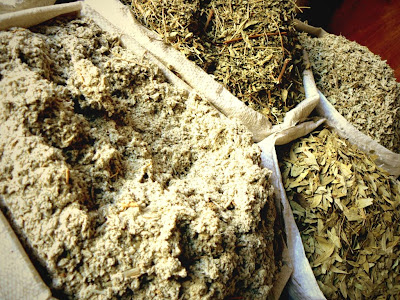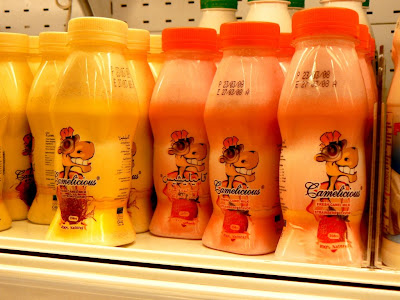
The Burj Al Arab seen from Medinat Jumeirah
Hello! I was in Dubai last week and upon returning to Paris I haven't had much time to blog! But now I have some time to squeeze in and thought I would share some photos and notes on my trip to Dubai. It was not my first time visiting Dubai, but all of my previous trips left me a bit confused on whether I actually liked that city or not... this time however, something changed and I've started to appreciate it a bit more. Anyone who has been to Dubai would understand me if I said the city was too "plastic" (and that was the principal reason why I did not like it). Dubai is a city which in the past few years has been booming and emerging at a fast pace filled with skyscrapers, luxurious hotels and shopping malls growing like mushrooms in each and every corner. When you drive in Dubai, pretty much all you see around you are tall buildings and constructions which only illustrates it's growth and desire to become an International cosmopolitain city. So in that sense, it becomes interesting because you are actually living "the moment" of a city developping itself. It's like going thousands of years back when today's "modern" countries were being built...except that today we have technology which accelerates the whole process. I don't think there are many places in the world where you can observe the birth of a city in live-motion.

One of the many beautiful sceneries at Medinat Jumeirah
Anyway, it is a place I definately recommend to visit (if you havent been there). It's sunny almost all year round, people are friendly, the cultural melting pot is incredible, the tolerance that the rulers of the UAE have imposed to allow these cultures to blend is admirable, the service is great (and much cheaper then in Europe), and if you are a shopping addict- Dubai is the place to be. I came back with many new pairs of shoes! And oh ya, before I forget- flying with Emirates Airlines is seriously awesome. And also, the airport is very cool!

Beautiful decorative items at Mall of the Emirates
So I truly enjoyed the sun, got myself a nice tan, while my camera enjoyed clicking away capturing the contrasting landscapes of Dubai. Here are some photos I wanted to share with some interesting finds, notably at the Spice Market (descriptions below). For the full set, please feel free to check it out on my Flickr stream!

The extravagant one-of-a-kind Ibn Battuta Mall

Gold vitrines at the Gold Market

Street scene at the Gold Market

Scenes from the fish (and fruit/veg) market


Dates are very popular in the UAE. Above, stuffed with pistachios. On the right, Persian sweets made from chickpeas- the taste was really interesting (in a good way!)

Beautiful saffron and flaming hot dried peppers

Dried lemons (left) and quasi-ancient washing powders (right) - the stuff people used before Ariel & Tide existed!

On the left, the bag which looks like a pile of dust turned out to actually be a tea for diabetics!

And above another interesting find- a plant used for infusions for pregnant women after they give birth. It is meant to "cleanse them".

And faithful to my odd visiting-supermarkets-in-foreign-countries habit, bottles of Camelicious camel milk! Pick your flavour- saffron or strawberry.




























